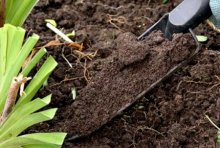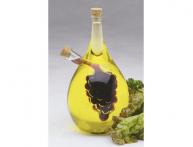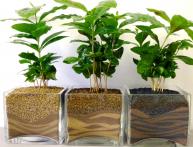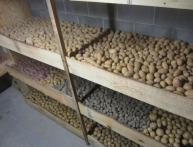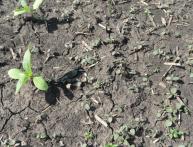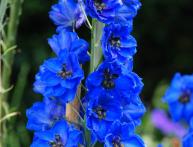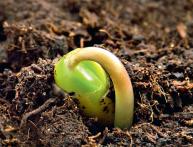How to determine the acidity level of the soil and deoxidize it
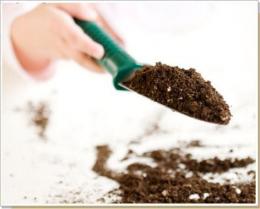
Many plants have certain requirements for soil acidity. Gardeners must be able to increase or decrease the acidity of the soil in a certain area.
Content:
How to determine soil acidity level
If the soil has increased acidity, then for some plants this can be a detrimental factor. The plant's immunity decreases, that is, it becomes more vulnerable to pests and various diseases.
Before planting the plant, you need to test the soil for acidity. And then carry out certain operations, if required, to change this indicator. The first method takes longer. The owner of the site must observe the changes taking place. Various weeds grow in soils of a certain acidity. Sparrow, mullein, and field bindweed grow on calcareous soils. Sour sorrel grows in soil rich in iron.
If the soil is slightly acidic, then creeping wheatgrass can be found on the site. The weed is very tenacious and extremely difficult to get rid of. The most effective method is to change the acidity of the soil. If the soil is highly acidic, you will find overgrown wheatgrass.
Define soil acidity You can also plant certain vegetables.Looking at the growth of red beets, namely at their tops, you can see that on acidic soil the leaves are red, on slightly acidic soil they are green and red, on neutral soil only the petioles are red.
Another popular method is as follows. A little soil is taken from the area and poured onto the glass. Glass with soil is placed on a dark surface and watered with vinegar. If the soil begins to foam a lot, it means it is alkaline. If the foam formation is average, then the soil is neutral, but if there is no foam, then the soil is acidic.
There are special devices that can accurately determine the acidity level. Such devices are inexpensive, so every gardener can afford them. The long probe can reach deep into the soil and test the acidity at different levels. If soil acidity needs to be determined once, then there is no need for instruments. This can be done using litmus paper.
To do this, dig a hole no more than 30 cm deep. This depth is chosen because the roots of most plants are located at this depth. You need to take several handfuls of soil from different sides of the hole and mix. Next, put the soil in a bag and lower it into a vessel with water. It is advisable that the water be distilled. Earth and water are taken in a ratio of 1 to 5.
After 10 minutes, litmus paper is lowered into the water for a few seconds. It will change its color.
Litmus paper for determining acidity is sold with a special scale with which you need to compare the color:
- red color – high acidity
- pink color – medium acidity
- yellow color – weak acidity
- green color – neutral acidity
- blue color – alkaline environment
How to reduce soil acidity
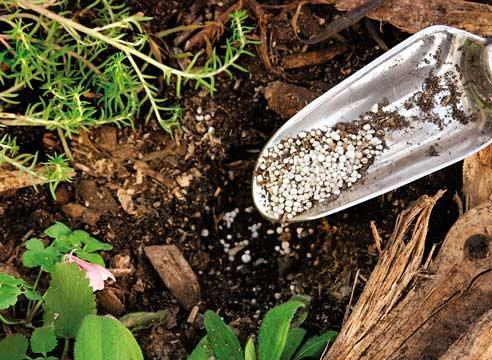
If an alkaline environment is necessary for certain plants, and the acidity in the area is high, then the question arises: how to deoxidize the soil? Any gardener can use the following materials to deoxidize the soil:
- fluff lime
- dolomite flour
- wood ash
- phacelia
As for fluff lime, you will need a bucket of this mixture per 1 square meter of land. You cannot dig up such an area; loosening is used. When preparing plants for winter, limestone area cannot be mulched. In this case, the ground will take a long time to thaw. Dolomite flour is not so easy to find, only in specialized stores. The required amount is 3/4 bucket per square meter. The flour is loosened into the soil.
If the deoxidation method using wood ash was chosen, then 3 liters will be needed per square meter. The next year the operation is repeated, but the ratio is reduced by three times.
Phaecelia is an annual herbaceous plant. It grows quickly and has high decorative properties. It will be useful not only for reducing soil acidity, but also for fighting parasites, in particular nematodes and wireworms. The plant can be cut into pieces and laid out on the ground throughout the area.
Liming can be carried out with the following materials:
- quicklime
- slaked lime
- ground limestone (ground flour)
- dolomitic limestone (dolomite flour)
- chalk
- marl
- shell rock
- open hearth slag
Experts recommend giving preference to crushed limestone. Dolomite flour is best because it contains magnesium and calcium.Pursuing the main goal of deoxidizing the soil, plants receive additional nutrition. Plus, dolomitic limestone promotes the development of beneficial microorganisms that enrich the soil with nitrogen.
It is important to take into account the composition of the soil when applying lime. If the soil is sandy, sandy loam or clayey, less lime will be needed, if clayey or peaty-boggy - more. Lime can be replaced with cement, dry plaster, chalk, and ground eggshells. Gypsum, tuff, and alabaster are also used.
You need to be careful with alabaster. It is harmful to humans, so it will not be possible to grow fruits and vegetables on the site. As for slag (coal ash), it contains too little calcium compared to lime. Slag is more suitable for improving soil structure.
Soil acidity for plants
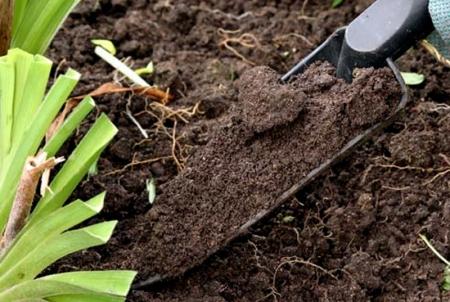
Different plants prefer different acidity levels. Therefore, all plants are divided into groups according to their preference for acidity, these are:
- plants requiring neutral or slightly alkaline soil
- plants requiring slightly acidic soil
- plants requiring moderately acidic soil
Slightly alkaline soil prefer: all varieties of cabbage, asparagus, cabbage, beets, onions, celery, parsnips.
Slightly acidic soil is required: cucumbers, beans, lettuce, eggplant, zucchini, beans, peas, luffa, rutabaga, melon, spinach, lagenaria, potatoes. Slightly acidic or neutral soil is suitable for growing garden flowers. On soils of moderate acidity grow: pumpkin, radish, carrots, tomatoes, turnips.
Some plants may not have strict requirements for soil acidity. Their sensitivity is expressed differently. The age of the plant also matters. The younger the plant, the more sensitive it is.Other factors are also important for plant growth. If the acidity of the soil is high, but it is rich in humus, then this will not have a strong effect on the plant.
If you figure out exactly what quantitative indicators determine soil acidity, the numbers will be as follows:
- below 4.5 – strongly acidic
- below 5 – medium acidic
- below 5.5 – slightly acidic
- below 6.4 – almost neutral
- below 7.3 – neutral
- below 8.0 – slightly alkaline
- below 8.5 – alkaline
- below 8.5 – highly alkaline
Acidity determines the possibility of heavy metals penetrating into the plant. If the acidity is neutral, then heavy metals remain in the soil and the plant does not accumulate them. If the acidity is low, then it contains a lot of aluminum, manganese and iron, which are often destructive for the plant.
Acidity is the second factor when choosing soil after its composition. The life of a plant directly depends on these indicators.
Video about soil deoxidation:
Interesting information about the vegetable garden


